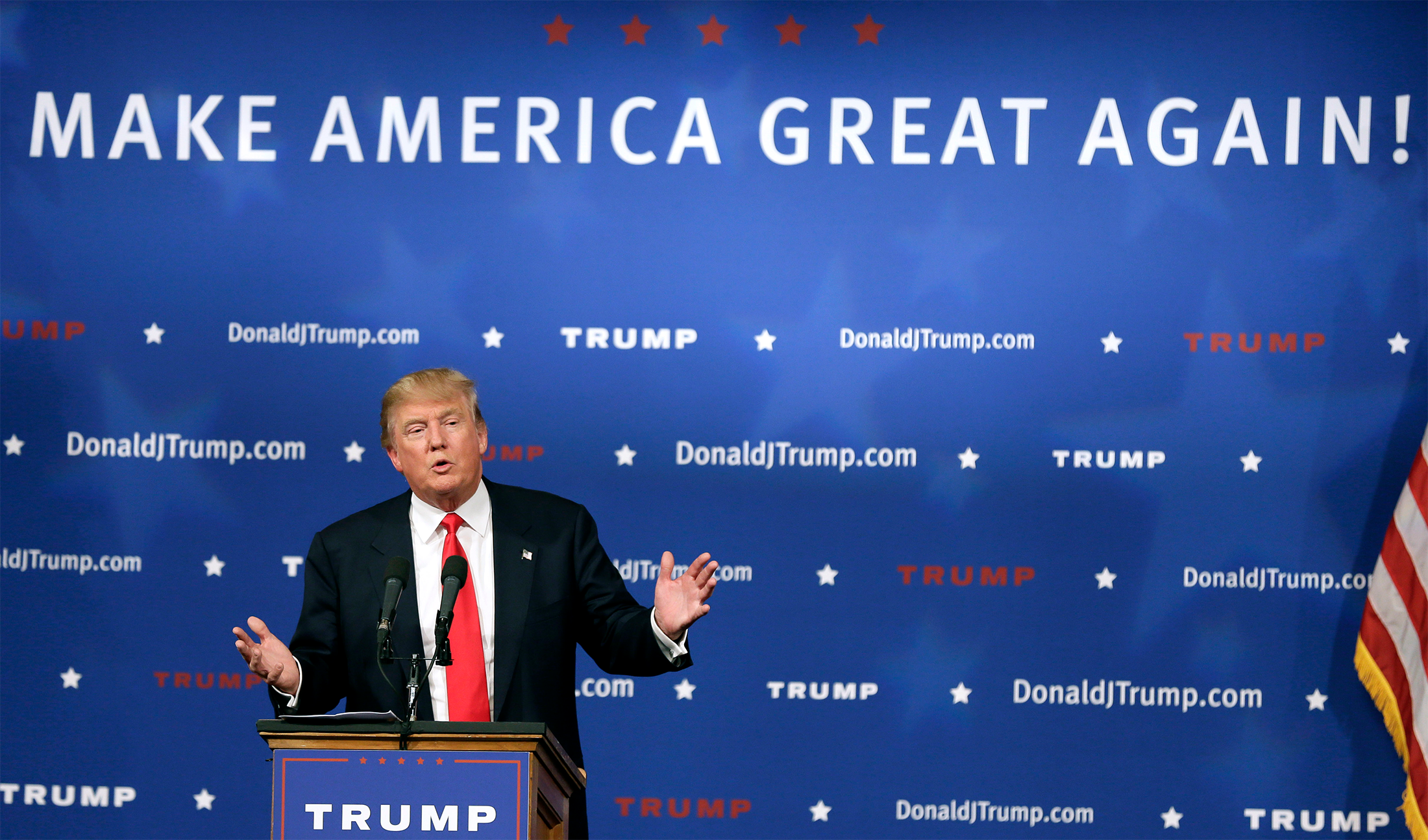In the aftermath of one of the most consequential US presidential election of all time, many people have been rendered speechless in regard to the outcome. So many were sure a Hillary Clinton presidency was inevitable, but she lost.
How did Trump even get nominated? He’s just a businessman! Trump’s campaign was often dismissed as a joke. Trump was also one of 17 GOP candidates running for the nomination. In today’s media-saturated world, all publicity is good publicity; Trump knew that and exploited it to his own advantage.
When taking the stage in the Republican Party debates, Trump purposefully made peculiar and polarizing statements. In reference to Mexicans and immigration, he stated, “They’re bringing drugs, they’re bringing crime, they’re rapists, and some, I assume, are good people,” as well as, “We are going to build a wall, and Mexico is going to pay for it.” These statements would make the average politician un-electable in the eyes of many Americans. However, Trump is not the average politician, and Trump was not trying to get elected—at least not at that point in time. Instead, he was trying to draw attention to himself on an overflowing stage of candidates.
He clearly succeeded. Media outlets were engrossed with him and his antics he got approximately two billion dollars’ worth of free media coverage. Trump seemingly had every media outlet knocking down his door, begging him to say anything to their reporter; the average American news viewer was incessantly exposed to the idea that Trump was not only the most important candidate, but also that he was winning.
Trump, after getting all of this media attention with his unorthodox proclamations, started to dismantle his opponents, beginning with his biggest threats. He branded his opponents with nicknames that were negative and specific to their faults. Jeb Bush, the early favorite for the GOP nomination, would be referred to as “Low Energy Jeb.” Ted Cruz was branded as “Lyin’ Ted,” and “Liddle Marco” for Marco Rubio of Florida. After being labeled in this fashion, none of these contenders stood a chance at the nomination. When it came down to Clinton, she was also labeled: “Crooked Hillary.” Anti-Hillary merchandise outsold anti-Trump merchandise by 814.88 percent, so it’s clear these names stuck.
When voters hit the polls, many only know what had been said during the presidential debates. Ironically, presidential nominees have turned the presidential debates away from policy and shifted them towards sculpting the opponent’s character. So, in the case of 2012, the average voter knew only what Obama said about Romney, and vice-versa. The image that the typical voter saw in regards to Obama and Romney was essentially, Obama has passed bad legislation, but he’s a great guy, and Romney is a sexist, bigot, homophobe.
The exit polls corroborated this; most Americans agreed with Romney on policy, but when asked “Which candidate do you feel cares more about you?” the exit polls showed 81 to 19 percent in favor of Obama. Trump surely took note of this necessity to demonize the opponent’s character, which is why he deployed these labels for Clinton and others.
Trump’s strategy can be broken down into a few key points. First, get attention. When you are against 16 other opponents, you have to make a name for yourself by any means possible. Second, take down the biggest threats one at a time. Third, after successfully carrying out the first two points, change your image so you can be electable. Trump’s campaign changed after being nominated; in a speech on foreign policy he stated, “The power of weaponry is the single biggest problem that we have today in the world.” This does not sound like the Trump voters saw broadcasted on major news stations and at his rallies.
Regardless of blame being placed on the failures of Hillary Clinton, her email scandal, the media, the polling data or even perhaps FBI Director James Comey, Trump’s strategy was the biggest and most decisive factor in paving his road to the White House.
